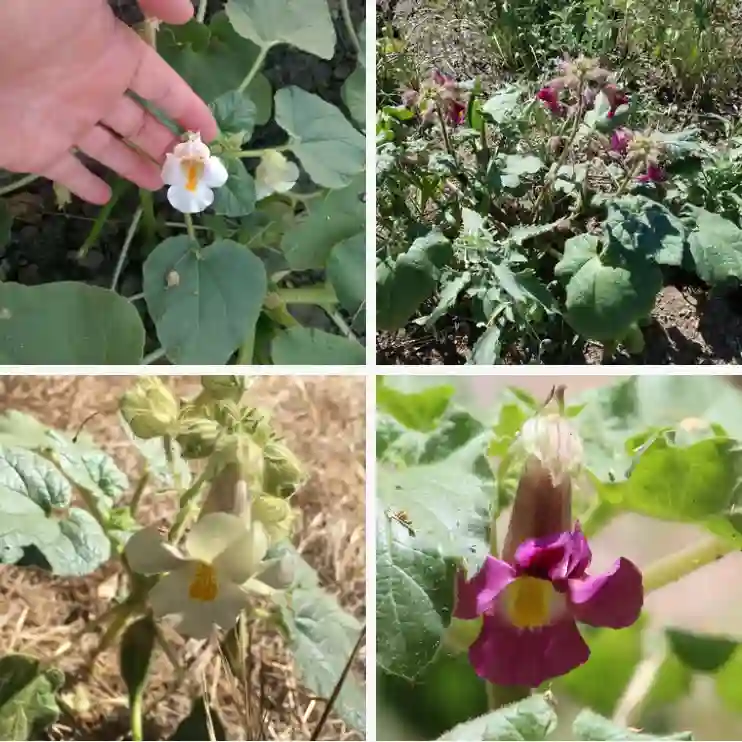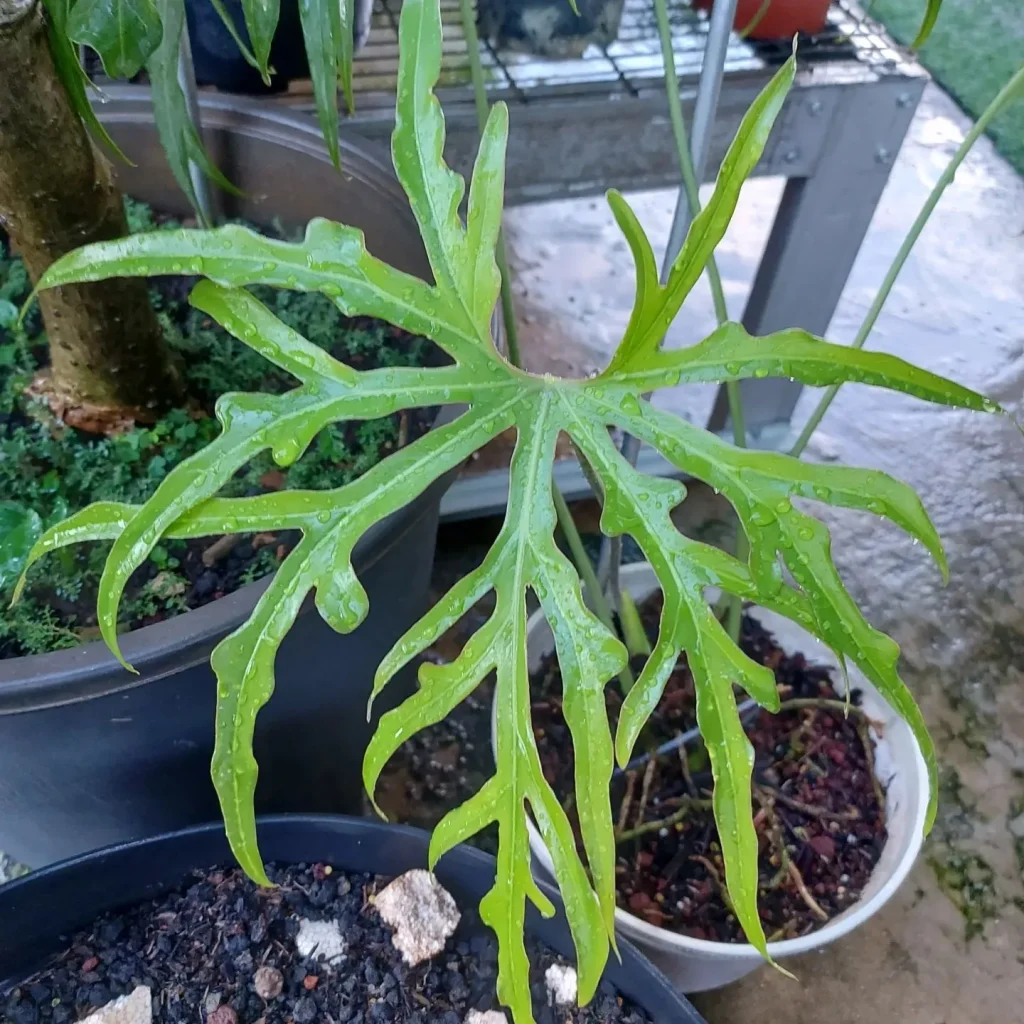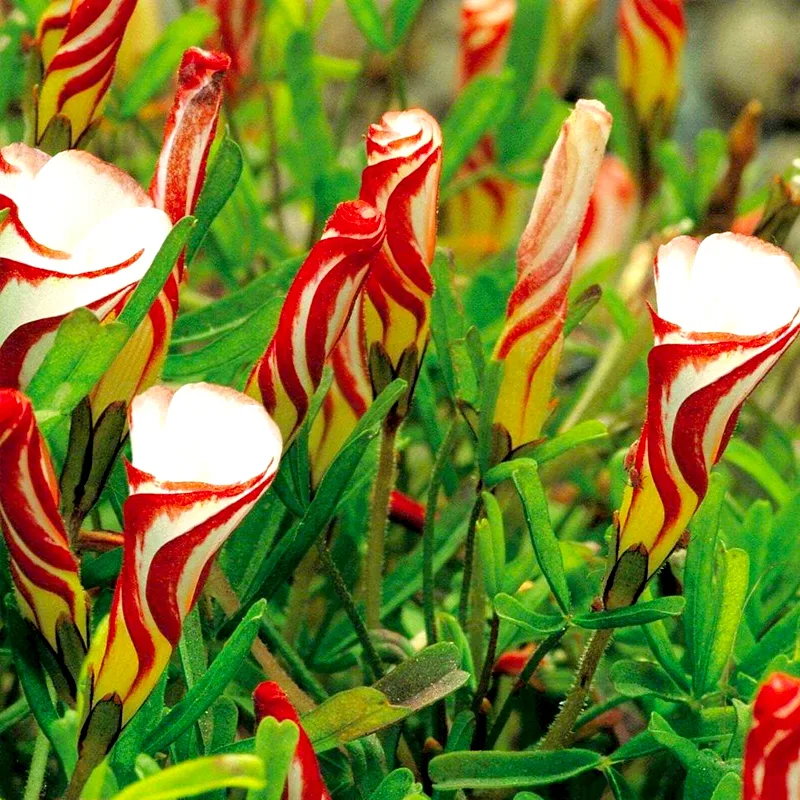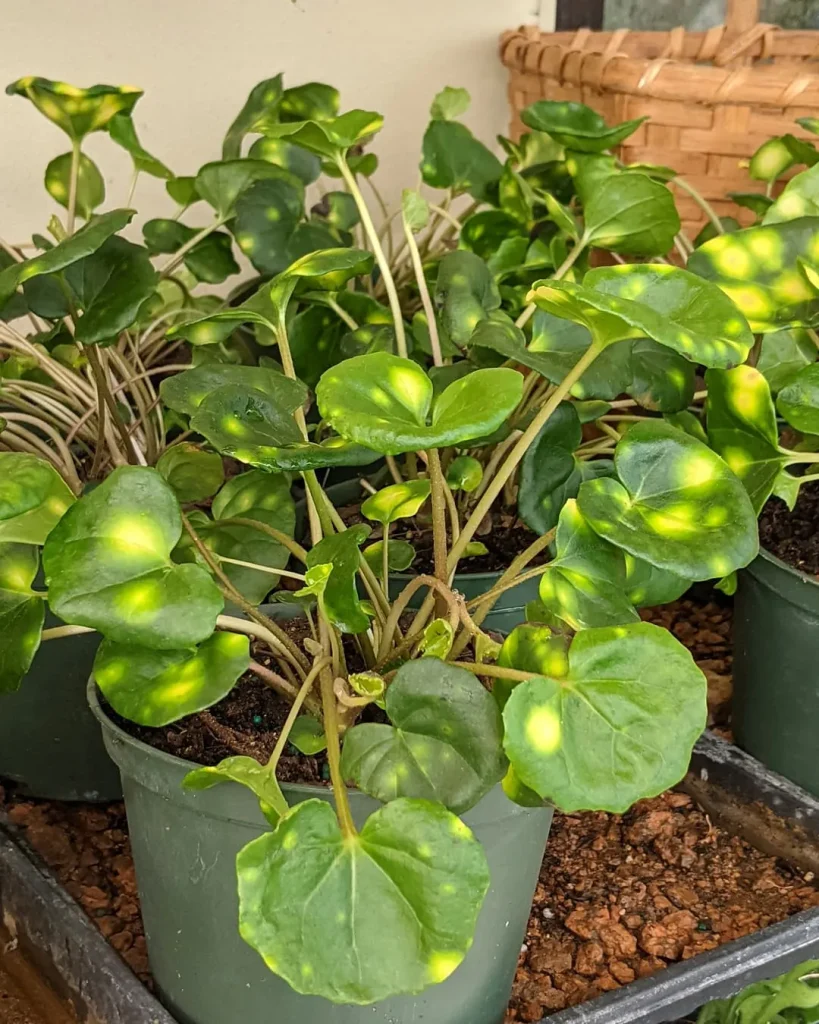Philodendron Elegans: Unveiling the Elegance of This Indoor Jewel
Hi there, Ferb Vu here, and today we’re diving into the world of the Philodendron Elegans, a captivating houseplant renowned for its stunning foliage and easy-going nature. Whether you’re a seasoned plant parent or a curious beginner, this FAQ will equip you with everything you need to know to keep your Elegans thriving.
623 Species in Genus Philodendron
Light: Illuminating the Path to Growth
The Philodendron Elegans prefers bright, indirect light. Think dappled sunlight filtering through a sheer curtain. Direct sun can scorch the leaves, so avoid south-facing windows. Adaptable as it is, Elegans can tolerate lower light conditions, but growth will be slower. East or north-facing windows are good options.
Tip: Rotate your Elegans regularly to ensure even growth on all sides.
Watering: Finding the Golden Ratio
Elegans thrives on a well-draining soil mix. Water deeply when the top inch of soil dries out. Drench the pot until water runs out the drainage holes, then discard any excess in the saucer. Overwatering is a cardinal sin, as it leads to root rot. Drooping leaves can indicate thirst or overwatering, so feel the soil before reaching for the watering can.
Tip: Consider using a moisture meter for a more precise understanding of your plant’s needs.
Soil: The Foundation for Flourishing
A well-draining potting mix is key for a happy Elegans. A mixture of potting soil, perlite, and orchid bark provides excellent drainage. Perlite and orchid bark add air pockets, preventing waterlogging. Here’s a simple recipe:
- 2 parts potting soil
- 1 part perlite
- 1 part orchid bark
Tip: Repot your Elegans every 1-2 years into a slightly larger pot with fresh soil mix.
Humidity: Keeping the Air Kissable
Elegans enjoys moderate to high humidity levels (ideally between 50-70%). Dry air can cause brown, crispy leaf edges. Here are some ways to boost humidity:
- Group your plants together – they create a mini humidity haven.
- Use a pebble tray – fill a tray with pebbles and water, placing your pot on top (ensure the pot bottom doesn’t touch the water).
- Invest in a humidifier – this is the most effective option, especially for drier climates.
Tip: Misting can be helpful, but it’s temporary. Focus on the methods mentioned above for long-term humidity solutions.
Fertilizing: A Balanced Approach
Feed your Elegans a balanced liquid fertilizer during the growing season (spring and summer) once a month at half strength. During fall and winter, reduce fertilization to once every two months. Opt for a fertilizer formulated for aroids or foliage plants.
Tip: Less is always more when it comes to fertilizing. Overfertilizing can damage the roots.
Common Concerns: Addressing the Anxieties
Drooping leaves: This could be a sign of underwatering or overwatering. Check the soil moisture and adjust your watering habits accordingly.
Brown leaf edges: Dry air or excessive sunlight can cause this. Increase humidity and provide filtered light.
Pests: Mealybugs and spider mites are occasional visitors. Neem oil spray or insecticidal soap are effective treatments.
Leaf discoloration: Yellowing leaves can indicate nutrient deficiency. Consider fertilizing.
Tip: Regularly inspect your Elegans for signs of pests or disease. Early intervention is crucial for maintaining a healthy plant.
Philodendron Elegans vs. Philodendron Bipinnatifidum
Elegans and Philodendron Bipinnatifidum are often confused due to their similar deeply lobed leaves. However, some key differences exist:
- Leaf shape: Elegans has wider, more rounded lobes, while Bipinnatifidum’s lobes are narrower and more pointed.
- Leaf size: Elegans generally has larger leaves compared to Bipinnatifidum.
- Growth habit: Elegans tends to be a climber, while Bipinnatifidum has a bushier growth pattern.
Choosing between them? Both are excellent indoor plants. Elegans is a good choice for those seeking a show-stopping climber, while Bipinnatifidum might be better suited for a space with limited vertical room.
Philodendron Elegans vs Tortum
When examining the unique attributes of Philodendron tortum, it becomes evident that this particular species differs notably from its counterpart, Philodendron elegans. In terms of size, Philodendron tortum tends to display a more compact growth pattern, characterized by its slender stems. A prominent differentiating factor lies in the configuration of their leaves. The lobes of Philodendron tortum extend closer to the midrib compared to those of Philodendron elegans. Moreover, a quantitative distinction exists in the number of anterior section lobes, with Philodendron tortum exhibiting 9-10 lobes in contrast to the 6-9 lobes typically seen in Philodendron elegans. Notably, Philodendron tortum stands apart by the absence of a barely denuded posterior rib, a feature that is observed in Philodendron elegans. These nuances collectively contribute to the unique identity and visual dissimilarity between Philodendron tortum and Philodendron elegans.
Philodendron Elegans vs Mayoi
Comparing Philodendron Elegans and Philodendron Mayoi reveals intriguing differences in their foliage and growth patterns. While both species belong to the captivating world of Philodendron, Elegans stands out with its finger-like lobed leaves that exude an elegant allure, showcasing a slow-growing yet towering demeanor. In contrast, Philodendron Mayoi introduces distinct charm through its heart-shaped leaves, each veined intricately to create a striking visual impact. This species, though not as towering as Elegans, captivates with its compact growth and lush greenery. Ultimately, the choice between Philodendron Elegans and Mayoi hinges on the preference for either the delicate grace of lobed leaves or the captivating intricacy of heart-shaped foliage.
In Conclusion
The Philodendron Elegans is a captivating houseplant that offers a touch of elegance to any indoor space. With its easy-going nature and stunning foliage, it’s a perfect choice for plant enthusiasts of all levels. By following these simple tips, you can ensure your Elegans thrives for years to come. Happy planting!
If i die, water my plants!



